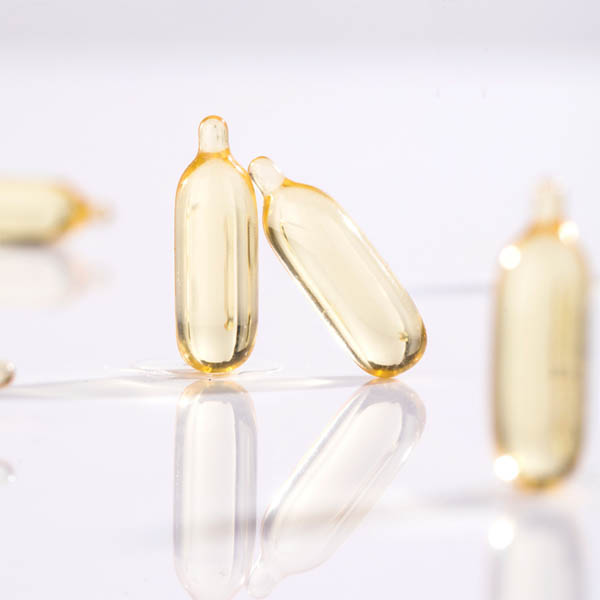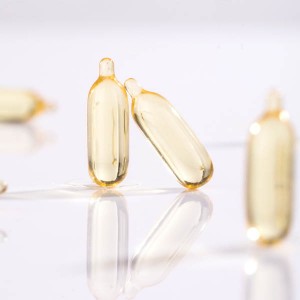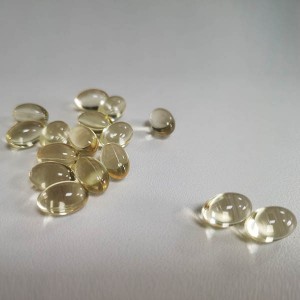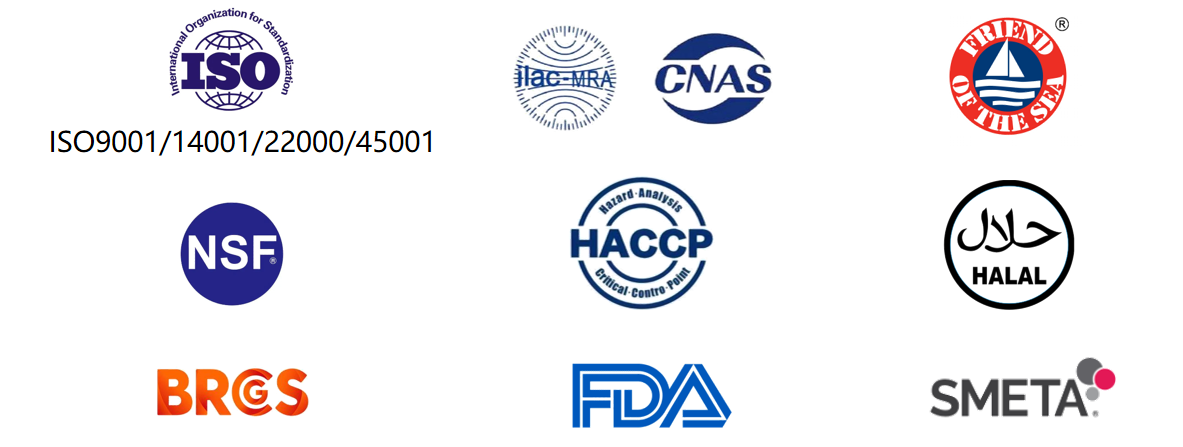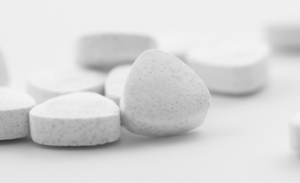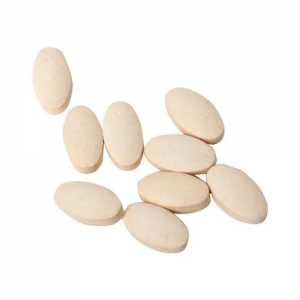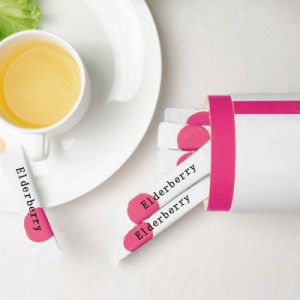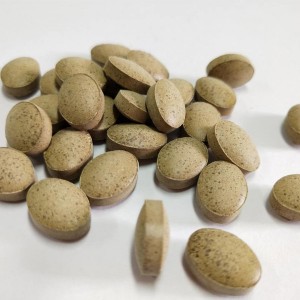| Basic Information | |
| Product name | Vitamin softgel |
| Other names | Vitamins soft gel,Vitamin soft capsule, Vitamin softgel capsule,Vitamin D3 soft gel,Vitamin E soft gel,Vitamin A soft gel,multi-Vitamins soft gel,etc |
| Grade | Food grade |
| Appearance | Transparent yellow or as the customers' requirements Round,Oval,Oblong,Fish and some special shapes are all available.Colors can be customized according to the Pantone. |
| Shelf life | 2years, subject to store condition |
| Packing | Bulk, bottles, blister packs or customers' requirements |
| Condition | Store in sealed containers and keep in a cool and dry place, avoid direct light and heat.Suggested temperature:16°C ~ 26°C,Humidity:45% ~ 65%. |
Description
Vitamins are a collective term for a series of organic compounds, which are essential trace organic substances for humans and animals to maintain normal physiological functions. Most of them cannot be produced by living organisms themselves and must be consumed from food. Only a few can be synthesized in the body or produced by gut microbiota. It plays an important role in human growth, metabolism, and development, and is one of the six major nutrients in the human body (sugar, fat, protein, inorganic salts, vitamins, and water). Vitamins do not participate in the formation of human cells or provide energy to the body, but participate in biochemical reactions and regulate metabolic functions. If vitamin intake is insufficient, it can lead to an imbalance in the body's metabolism, a decrease in immunity, and cause "vitamin deficiency syndrome". Insufficient intake due to a lack of vitamins in food or reduced meal intake can cause primary vitamin deficiency. The ability of the body to absorb vitamins decreases, the demand for vitamins increases, or the interference of some drugs can all lead to secondary vitamin deficiency.
Function
Vitamin A, fat soluble, is not a single compound, but a series of retinol derivatives, also known as anti dry eye disease vitamins. Lack of vitamin A increases the risk of night blindness.
Vitamin B1, thiamine, is a water-soluble vitamin. It usually exists in the form of thiamine pyrophosphate in living organisms.
Vitamin B2, riboflavin, water-soluble. Lack of vitamin B2 can lead to inflammation of the mouth and tongue (oral ulcers).
Vitamin PP, also known as vitamin B3, is water-soluble. Including two substances, niacin and nicotinamide, both belong to pyridine derivatives.
Vitamin B5, pantothenic acid, water-soluble.
Vitamin B6, pyridoxine, water-soluble. Including pyridoxine, pyridoxal, and pyridoxamine.
Biotin, also known as vitamin H or coenzyme R, is water-soluble.
Vitamin B9, folic acid, water-soluble, also known as aspartic acid, monoglutamic acid, vitamin M, or leaf essence.
Vitamin B12, cyanocobalamin, water-soluble.
Inositol, water-soluble, cyclohexanol, vitamin B-h.
Vitamin C, ascorbic acid, water-soluble.
Vitamin D, calciferol, fat soluble, mainly including vitamin D2 (ergocalciferol) and vitamin D3 (cholecalciferol).
Vitamin E, tocopherol lipid soluble. There are mainly four types: alpha, beta, gamma, and delta.
Vitamin K, naphthoquinones, fat soluble, mainly includes natural plant derived vitamin K1, animal derived vitamin K2, as well as artificially synthesized vitamin K3 and vitamin K4. Also known as clotting vitamin.
Applications
1. People in sub-health states such as fatigue, irritability, and heavy head
2. People with rough skin, bleeding gums, and anemia
3. People with night blindness, rickets, diabetes, etc.

